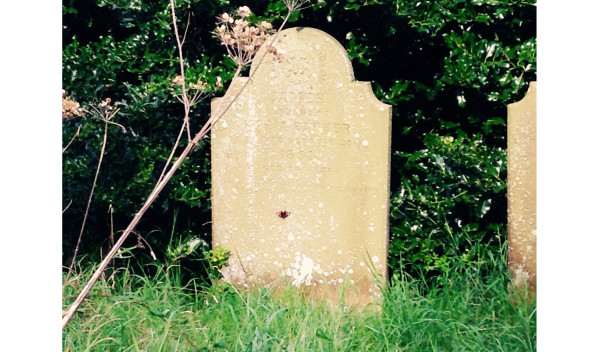

Mortality rates started to increase in 2015, latest figures have shown, with higher than expected levels of deaths among both male and female Britons.
The figures, from the Continuous Mortality Investigation (CMI) unit of the Institute and Faculty of Actuaries, came just after the Cridland review into pensions stated the state pension age should go up to reflect greater longevity.
In the CMI's latest Working Paper, titled Mortality Experience of Pensioners for the period 2008 to 2015, figures showed that, rather than mortality rates continuing on a downward trend as they have been for several years, they rose sharply in 2015.
The paper said while the reasons for the higher mortality rates among men and women were uncertain, data users should not necessarily take this as an indicator that mortality rates will continue to rise counter to the prevailing demographic trend.
According to the paper: "Underlying reasons for the relatively higher mortality rates experienced in 2015 are not known.
"It may be explained in part by the weighting of data towards the earlier months of the year, although this has not been observed to the same degree in previous datasets, which also showed data weighted towards the earlier months of the year in their final year of data.
"It appears that the high number of 2015 deaths in this year’s dataset might also be partly driven by more deaths than expected at older ages for both males and females.
"Care should be taken in interpreting the results for 2015, since the low data volumes could result in greater volatility in experience."
The Cridland Review into the state pension age (SPA) proposed a hike to 68 between 2037 and 2039, based on the longevity trends and the need for financial security in retirement.
However, the Institute and Faculty of Actuaries has expressed caution over setting the state pension age too high, calling instead for a "range" of state pension ages to create more certainty for younger generations.
In her response to the review, which the Institute and Faculty of Actuaries welcomed broadly, Fiona Morrison, immediate past president of the institute, said: "The IFoA agrees there should be great care in the communication of SPA entitlement to younger generations.
"We believe it may be appropriate to suggest a likely range of state pension ages for younger generations, with a promise to provide increasing certainty as each generation ages and as the affordable level of state pension age becomes more apparent."
However, national adviser Quantum Advisory has warned that longevity may not be the best measure by which the state pension age should be set, given the CMI's research.
Stuart Price, partner at Quantum Advisory, said: "The 2015 tables showed lower life expectancies than the 2014 version and the new 2016 tables are expected to show a further reduction.
"It is too early to say definitively if this trend is set to continue into the future, but having seen two years of worsening improvements, maybe it is time to change the widely held view that we will all continue to live longer."
He said it would be interesting to see what the next update will be for 2016 in terms of mortality rates, warning the government may be getting ahead of itself in suggesting state pension age hikes.
Mr Price added: "Mortality is a key assumption when setting the state pension age so the government may be premature looking to increase the age even further at this point of time."
simoney.kyriakou@ft.com



